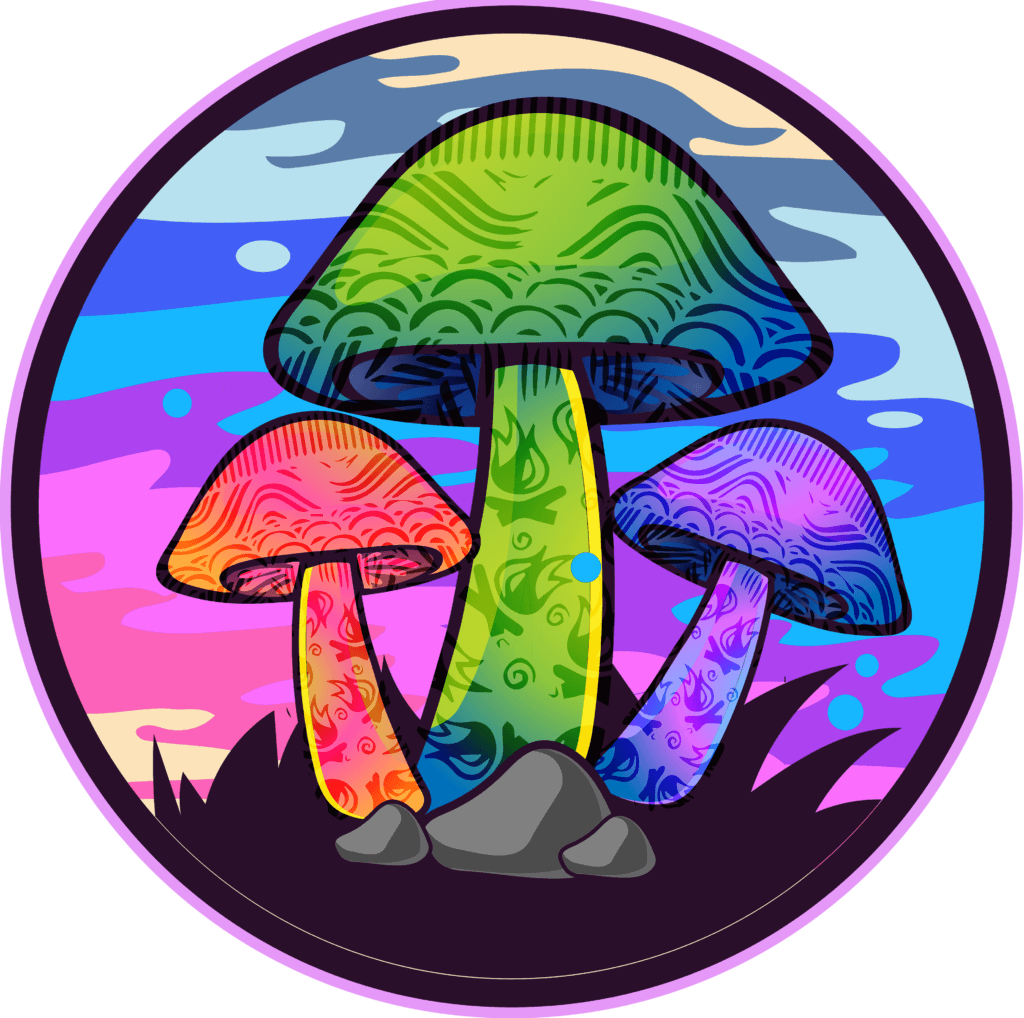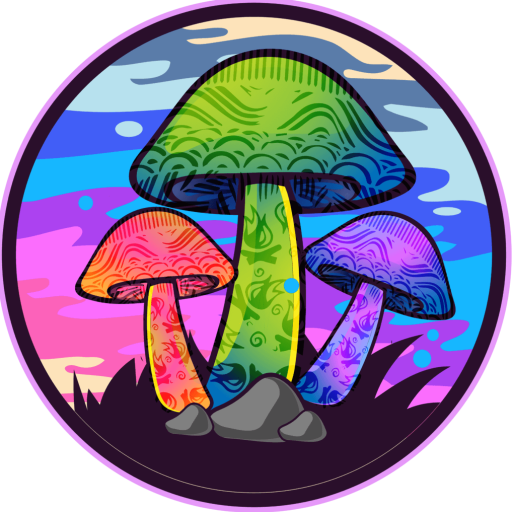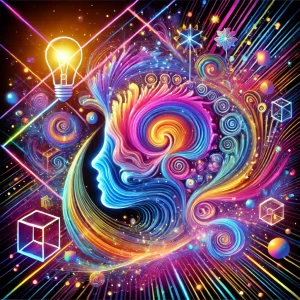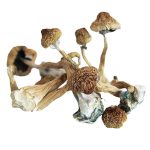Dimethyltryptamine, commonly known as DMT, is a powerful psychedelic compound that naturally occurs in various plants and animals, including humans. It’s often referred to as the “spirit molecule” due to its profound and intense hallucinogenic properties, which can lead users to perceive alternate realities or spiritual dimensions. Whether smoked, vaporized, or consumed as part of a traditional brew like Ayahuasca, DMT produces short yet potent experiences that can leave lasting impressions.
In this guide, we’ll explore what DMT is, how it works, its history, effects, risks, and benefits. By the end, you’ll have a comprehensive understanding of this extraordinary substance and the ongoing scientific and cultural conversations surrounding it.
What is Dimethyltryptamine (DMT)?
DMT is a naturally occurring tryptamine molecule, similar in structure to serotonin, a neurotransmitter in the brain. DMT is classified as a hallucinogen because of its ability to profoundly alter perceptions, thoughts, and emotions in those who use it. Though DMT is found in many plant species and in trace amounts within the human body, its precise function in nature and within the human brain remains largely unknown.
How Does DMT Work in the Brain?
DMT interacts primarily with serotonin receptors in the brain, specifically the 5-HT2A receptor. By stimulating these receptors, DMT creates a rapid and intense alteration of perception, often leading to visual hallucinations, auditory distortions, and feelings of existing in alternate realms. Despite its brief duration (when smoked, DMT’s effects usually peak within five minutes and dissipate within 30 minutes), the experience can feel timeless or otherworldly.
How is DMT Consumed?
There are several ways to consume DMT, each producing different experiences in terms of intensity and duration:
- Smoking or Vaporizing – This is the most common method. The effects are almost immediate, reaching their peak within a few minutes and lasting 15 to 30 minutes.
- Ayahuasca – A traditional brew from the Amazon, Ayahuasca combines DMT-containing plants with an MAO inhibitor, allowing the DMT to be orally active. This method results in a much longer experience, often lasting 4 to 6 hours.
- Intravenous or Intramuscular Injection – Rare but used in some research settings, this method produces a rapid onset similar to smoking but allows for controlled dosing in a clinical environment.
History of DMT
While Western science “discovered” DMT in the mid-20th century, indigenous cultures in South America have been using DMT-containing plants for centuries in spiritual ceremonies and healing practices. The use of Ayahuasca, which combines DMT with other natural ingredients, has been central to shamanic rituals aimed at connecting individuals with the spirit world and providing insights into health, life, and death.
In modern times, DMT gained attention in the 1950s when Hungarian chemist Stephen Szára first synthesized it. Research into the compound, however, was largely halted by the global war on drugs, especially after psychedelics like LSD became associated with countercultural movements in the 1960s. Interest in DMT was reignited in the 1990s, thanks to Dr. Rick Strassman’s groundbreaking research at the University of New Mexico, where he conducted the first clinical trials on human volunteers using DMT.
Effects of DMT
The effects of DMT are often described as otherworldly, transporting users to vivid, complex landscapes or dimensions populated by strange entities, vibrant geometric patterns, and intense feelings of euphoria or insight.
Physical Effects
- Rapid heart rate
- Elevated blood pressure
- Dilated pupils
- Dizziness or lightheadedness
- Loss of coordination
Psychological Effects
- Hallucinations – Both visual and auditory, DMT users report seeing intricate patterns, vibrant colors, and even entities that feel autonomous or intelligent.
- Time Distortion – Users often feel like they’ve experienced hours or even lifetimes during what is, in reality, a short trip.
- Euphoria and Insight – Many describe their DMT experience as profoundly spiritual or enlightening, offering new perspectives on life, death, and the universe.
Duration of Effects
When smoked, DMT’s effects peak within minutes and wear off after about 30 minutes. In contrast, the effects of Ayahuasca or injected DMT last much longer—typically 4 to 6 hours.
Benefits of DMT
While DMT’s hallucinogenic effects are often the focal point, the substance has sparked significant interest for its potential therapeutic benefits. Emerging research suggests that DMT, like other psychedelics, may have value in treating mental health conditions.
Buy DMT Online With Overnight or Same-Day Discreet Delivery
Looking to buy DMT online with fast, reliable service? We offer overnight or even same-day discreet delivery, ensuring you receive your DMT quickly and securely. Our shipping process prioritizes privacy, using unmarked packaging to protect your order’s contents while guaranteeing prompt arrival. Whether you’re in urgent need or prefer convenience, our delivery options provide a seamless and confidential way to get your DMT safely to your doorstep.
Psychological and Spiritual Insights
Many users seek out DMT for its potential to provide profound psychological or spiritual revelations. People often describe their DMT experiences as transformative, helping them confront personal challenges, fears, or traumas.
Potential Mental Health Applications
Although research is still in its early stages, DMT has shown potential in therapeutic settings. Preliminary studies suggest that it may help people process trauma, alleviate symptoms of depression, and promote emotional healing. Some speculate that DMT’s capacity to create powerful, introspective experiences could make it a valuable tool for psychotherapy, much like other psychedelics such as psilocybin and MDMA.
Creativity and Problem Solving
DMT has also been associated with enhanced creativity and out-of-the-box thinking. Some users believe that the substance allows them to view problems or ideas from new perspectives, inspiring innovation or artistic expression.
Risks and Side Effects of DMT
Despite its potential benefits, DMT carries certain risks, particularly for individuals with underlying mental or physical health conditions. Dmt vape for sale
Physical Risks
- Increased heart rate and blood pressure may pose risks for individuals with cardiovascular problems.
- Dizziness or loss of coordination during or after use could lead to physical injury.
- Nausea and vomiting, particularly when consumed as Ayahuasca, are common.
Mental Health Risks
For individuals predisposed to mental health conditions such as schizophrenia, bipolar disorder, or severe anxiety, DMT may exacerbate symptoms or trigger psychotic episodes. Even for those without pre-existing conditions, a “bad trip” can lead to overwhelming feelings of fear, paranoia, or confusion.
Legal Risks
DMT is classified as a Schedule I drug in the United States and many other countries, meaning it is illegal to manufacture, possess, or distribute. Penalties for DMT-related offenses can be severe, depending on the jurisdiction.
DMT in Popular Culture
DMT has not only captured the attention of researchers and spiritual seekers but also found its way into popular culture. Artists, musicians, and writers have drawn inspiration from their DMT experiences, incorporating the vivid, surreal imagery often associated with the substance into their work. From documentaries to books, DMT is a subject of growing fascination, particularly in communities focused on consciousness and spirituality.
Is DMT Addictive?
DMT is not considered physically addictive, and users typically do not develop a tolerance, unlike with other substances like alcohol or opioids. However, psychological dependence is possible, especially for those seeking frequent spiritual or psychedelic experiences. The short duration and intensity of DMT trips make habitual use less likely compared to other psychedelics, such as LSD or psilocybin.
Legal Status of DMT
In the United States
DMT is classified as a Schedule I substance under the Controlled Substances Act, making it illegal to possess, produce, or distribute. Despite its potential therapeutic benefits, there are currently no accepted medical uses for DMT in the U.S.
Globally
The legal status of DMT varies widely around the world. In countries like Brazil and Peru, where DMT is traditionally used in religious ceremonies (such as with Ayahuasca), it is legal or decriminalized. In most other countries, including the UK, Canada, and much of Europe, DMT is heavily regulated and illegal.
Conclusion
Dimethyltryptamine (DMT) is a powerful, naturally occurring psychedelic that has fascinated humans for centuries. From its traditional use in shamanic rituals to its role in modern psychedelic research, DMT continues to intrigue scientists, spiritual seekers, and cultural figures alike. While DMT offers potential benefits, such as spiritual insights and therapeutic applications, it also poses significant risks, especially for those with underlying health issues or mental disorders. As research continues, we may see new ways in which DMT contributes to our understanding of consciousness, mental health, and human experience.









